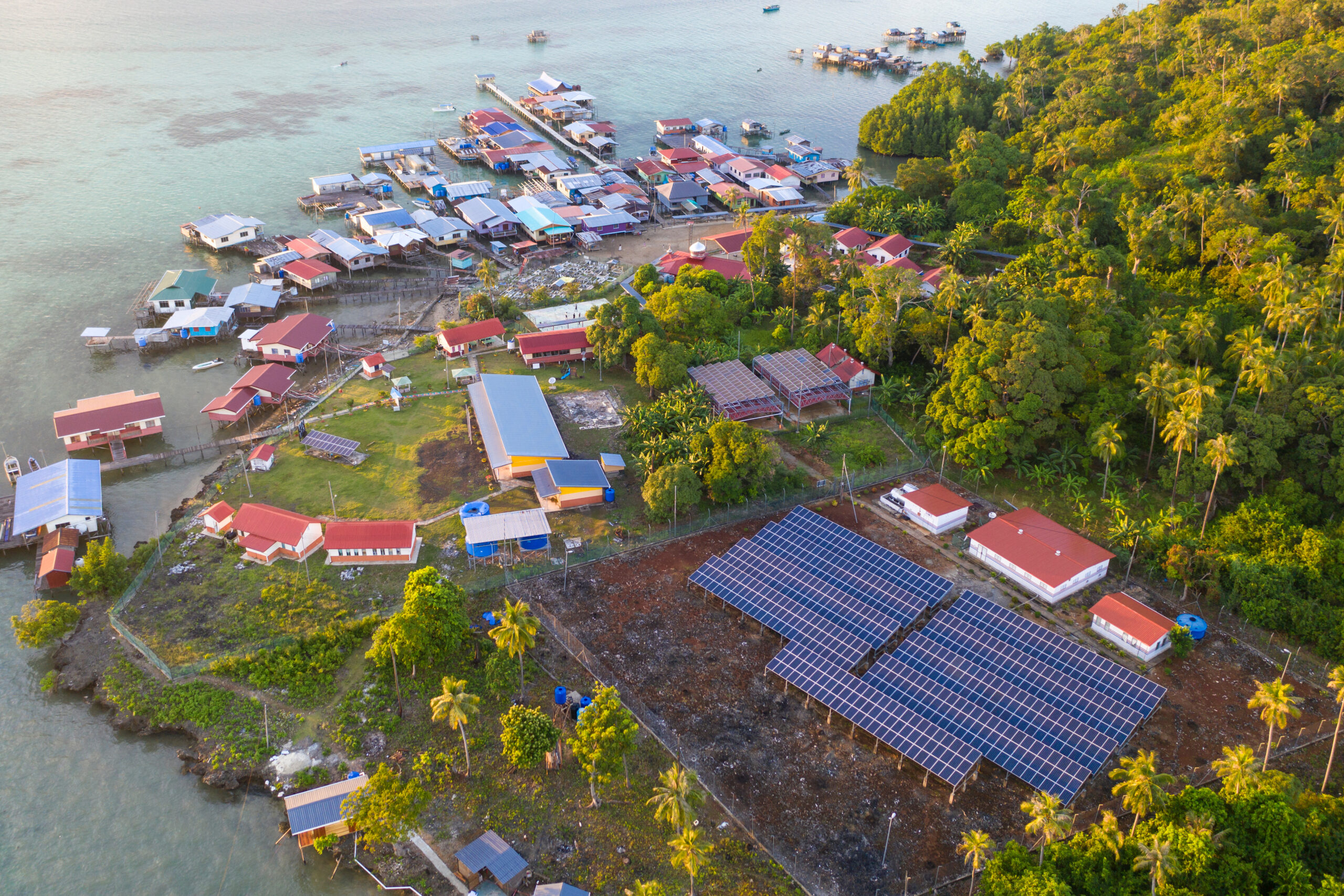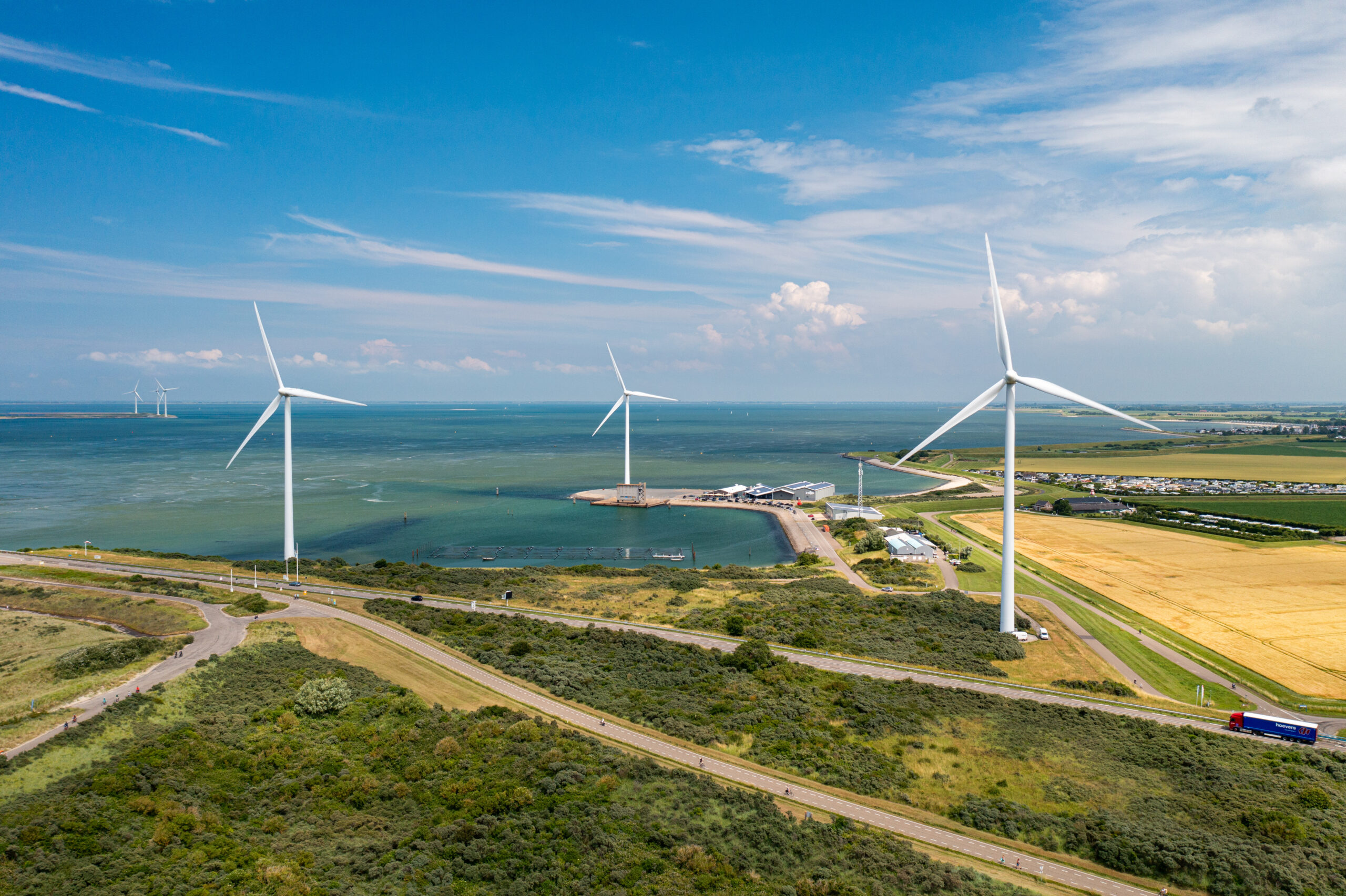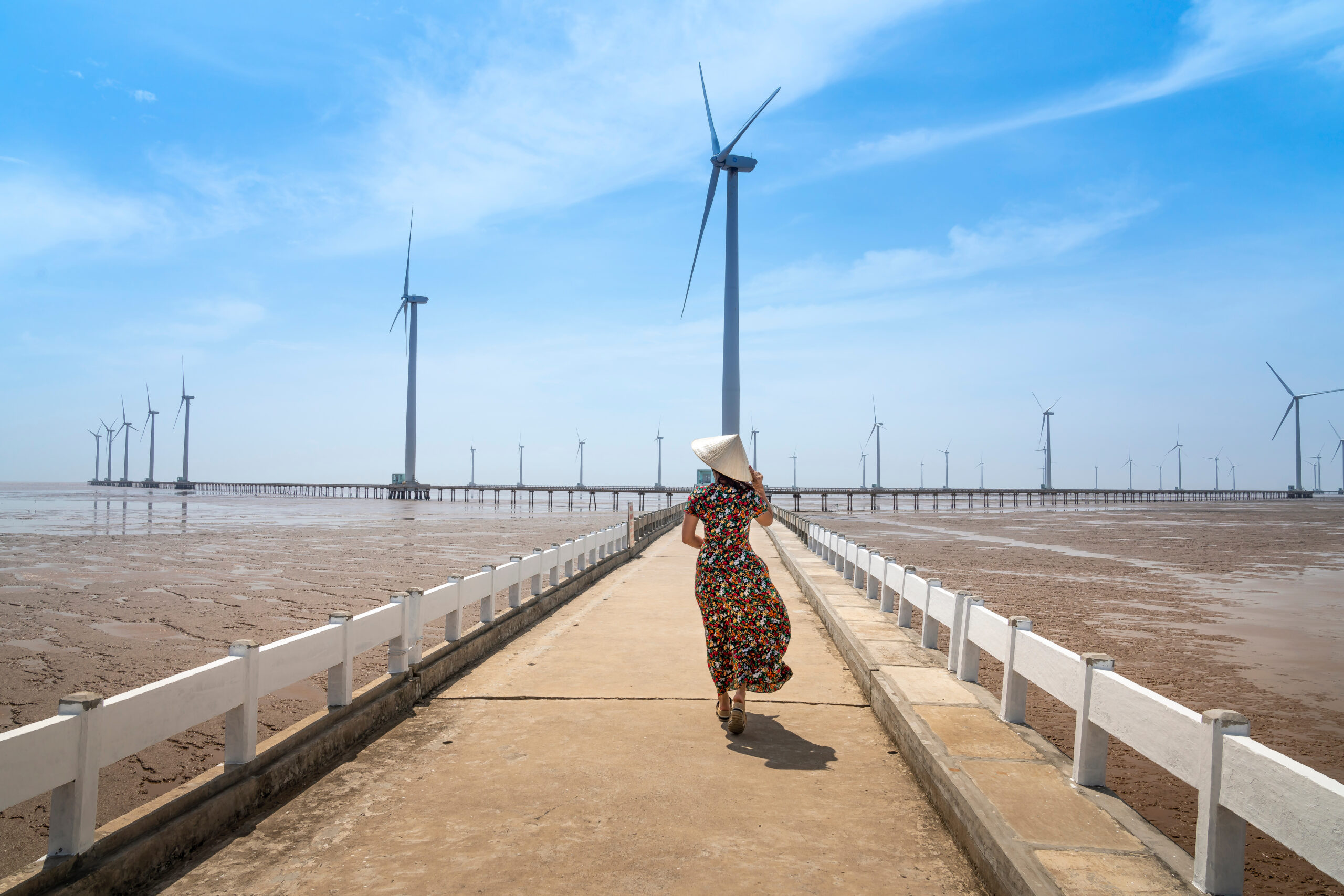Malaysia renewables strategy downplays wind power
The Malaysian renewables sector got a major boost recently when Abu Dhabi Future Energy Company pledged to invest US$8bn, but solar and hydropower are still being prioritised over wind in the country.

In an effort to reduce high levels of air pollution while also trying to reach net zero 2050 goals, Malaysian renewables development is being ramped up.
Its latest move came in late October when Masdar, also known as the Abu Dhabi Future Energy Company, signed a memorandum of understanding with the Malaysian Investment Development Authority (MIDA) to invest US$8 billion for up to 10GW of renewable energy projects in the country.
That agreement, though not yet legally binding, is significant since critics claim that Malaysia’s net zero ambitions are fraught with hurdles, including the possibility of not attracting enough foreign direct investment (FDI) to help it reach its renewables goals.
Per the agreement, the MIDA will enable Masdar to develop renewable energy projects by 2035. While not going into further detail, the two sides indicated this will include ground mounted, rooftop and floating solar power plants, onshore wind farms and battery energy storage systems.
Ambitious renewables agenda
The deal also comes some two years after the Malaysian government put in place an ambitious renewables agenda. The Malaysia Renewable Energy Roadmap (MyRER) set a target for renewable energy to provide 31 percent (13GW) of the country’s energy mix by 2025, and 40 percent (18GW) by 2035. The MyRER also pledged to increase renewables capacity to 70 percent by 2050 – the same year as its net zero emissions pledge.
Not only will pivoting to more renewables help Malaysia reduce rampant air pollution, but it will also help the country save money. According to a recent International Renewable Energy Agency (IRENA) report, transitioning to renewable energy will save Malaysia between US$9 billion and US$13 billion annually by 2050 in avoided energy, climate, and health costs.
Added to the fray, Malaysia is overly-reliant on coal for its power generation sector, with usage of the fuel increasing dramatically over the past 20 years. Its coal dependency is in contrast to several of its neighbours in the region that are trying to cut their own respective coal usage.
Coal now generates 44 percent of Malaysia’s electricity needs compared to around 6 percent in 2000. The increase in coal usage is due to Malaysia bringing additional coal-fired power capacity online.
Gas makes up 36 percent of Malaysia’s energy mix, hydropower at 17 percent, with solar making up less than 2 percent and wind power nothing.
Malaysia’s power generation breakdown is even more surprising given that it’s the second largest oil and natural gas producer in Southeast Asia and the world’s fifth largest LNG exporter. Malaysia exports as much as 40 percent of the gas it produces, mostly under long-term LNG agreements, while in turn importing large amounts of coal from Vietnam, India and neighbouring Indonesia.
Wind power lagging
However, as Malaysia starts to pivot to more renewables, there’s an overweight share being allocated to solar and hydropower over wind power development. The country’s total exploitable wind power capacity is estimated at just 1.4 GW. However, solar already has an installed capacity of 1.9 GW and hydropower at 6.4 GW.
Part of the problem stems from Malaysia’s climate factors and unique topography. It has low wind speeds with a country-wide average annual wind speed of 1.8 m/s. This is less than the recommended 4 m/s where small wind turbines become viable, and it’s substantially less than the 5.8 m/s wind speed for a utility-scale wind turbine.
Malaysia also lacks open plains or elevated areas needed for higher wind speeds. Its coastal areas, where wind potential could be higher, are limited and often populated.
Southeast Asia’s monsoon seasons also complicates Malaysia’s wind power ambitions, according to Asia Wind Energy Association (AWEA) findings. While the country generally has low windspeeds, it experiences stronger winds in the early and late parts of the year.
Still, average wind speeds aren’t conducive for coastal wind power projects. A few coastal areas, however, especially in east Peninsular Malaysia and East Malaysia, including small islands (such as Perhentian Island), could benefit from wind energy, the AWEA said. It added that for the majority of Malaysia the solution of large scale and uninterrupted renewable energies lies elsewhere.
Other analysts, however, point to offshore wind power as a viable renewable energy option for the country. World Forum Offshore Wind analyst Agni Argyri told Gas Outlook that Malaysia offers good conditions for offshore wind energy development due to its extensive coastline along the South China Sea and the Malacca Strait.
“Despite Malaysia’s reputation as a nation with slow wind speeds, the Indian and South China Seas offer promising wind resources, especially during the monsoon seasons,” she said.
“The southwest and northeast monsoons, which run from May to September and November to March, respectively, cause higher wind speeds,” she said. “During the northeast monsoon, wind speeds on Peninsular Malaysia’s east coast can reach as high as 12 m/s. Potential offshore wind projects can be built at locations facing the South China Sea such as Kudat, Mersing and Kuala Terengganu.”
An even better solution for Malaysia would be floating offshore wind power development, she explained, pointing to a new design that accommodates three 5 MW wind turbines and approximately 1500 commercial solar panels.
Floating offshore wind power includes turbines that float like a buoy on the ocean’s surface. As such, they can be placed in much deeper waters than conventional fixed-bottom turbine units.
“The success of floating offshore wind farms in Malaysia hinges on various critical factors, that should be taken into account with great care and adopt innovative multi-purpose ways to efficiently generate offshore wind energy,” she explained.
Some of these factors include cost and adopting innovative ways to efficiently generate offshore wind energy.
“These projects have the potential to make a significant contribution to Malaysia’s renewable energy landscape, combat climate change, and advance a more sustainable and environmentally friendly future,” she said.



